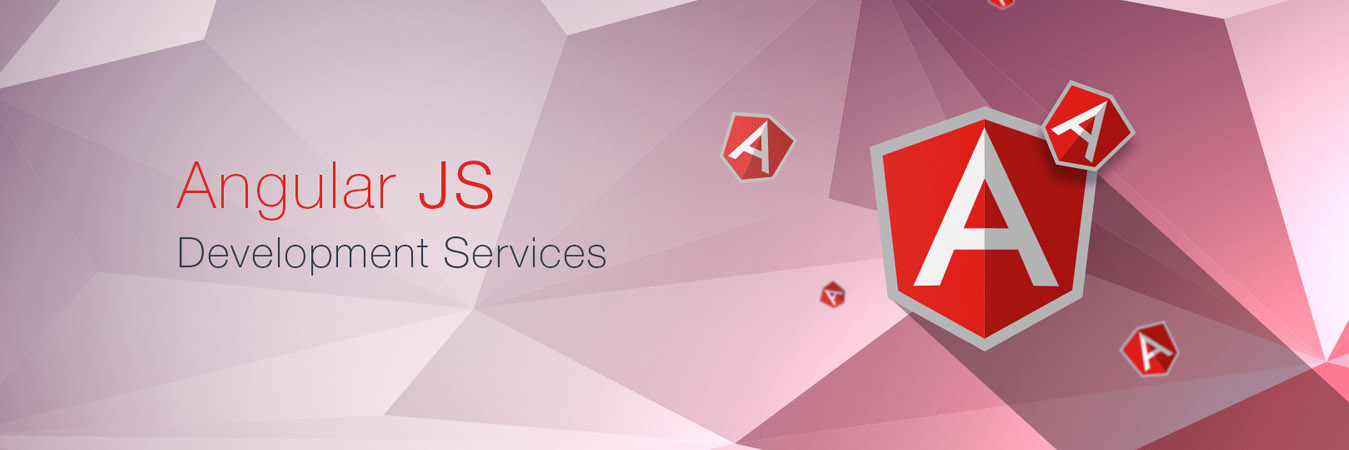Attain new heights in your career with the best Angular JS Training

Angular JS is a structural framework for dynamic web apps. It lets you use HTML as your template language and lets you extend HTML's syntax to express your application's components clearly and succinctly. AngularJS's data binding and dependency injection eliminate much of the code you would otherwise have to write. And it all happens within the browser, making it an ideal partner with any server technology.
ES6:-
- Module system
- Classes
- Variable declaration
- Arrow Functions
- Template Strings
- Type safety, inference and intellisense
- Interfaces
- Decorators
- Angular-CLI & project structure
- Creating a new project
- Project settings, bootstrapping
- Building and serving
- Component-based architecture
- Angular building blocks overview
- Generating project elements
- Root Angular Module
- Component definition
- Component types
- Template syntax
- Data, property and event binding
- Using directives and pipes
- Inputs
- Outputs (events)
- Component style
- Data projection, building a wrapper component
- Querying view and children
- Dynamic components
- Providers and Dependency Injection
- Understanding the role of the Provider
- Understanding the injector tree
- Creating and using a class provider (service)
- Other provider strategies
- Configuring providers
- Observables and RxJS
- Subscription
- RxJS Operators
- Creating Subjects and Observables
- HttpClient
- Http requests (GET, PUT, POST)
- Configuring headers
- Interceptors
- Progress events
- Understanding the role of the Provider
- Understanding the injector tree
- Creating and using a class provider (service)
- Other provider strategies
- Configuring providers
Observables and RxJS:-
- Subscription
- RxJS Operators
- Creating Subjects and Observables
- Http requests (GET, PUT, POST)
- Configuring headers
- Interceptors
- Progress events
- Setting up the router
- Navigation
- Child routes
- Routing params
- Lazy loading
- Guards and hooks
- Root Module vs. Feature Module
- Module definition
- Module configuration
- Types of directives
- Built-in directives
- Writing your own directives
- Sync and async Pipes
- Built-in Pipes
- Writing your own pipes
- Template-driven forms
- Reactive forms
- FormBuilder
- Form validation
- Custom validators
- Async validators
- Understanding Redux architecture
- ngRx Store
- Actions & Reducers
- Middleware
- Effects and Facades
- Action Splitters



